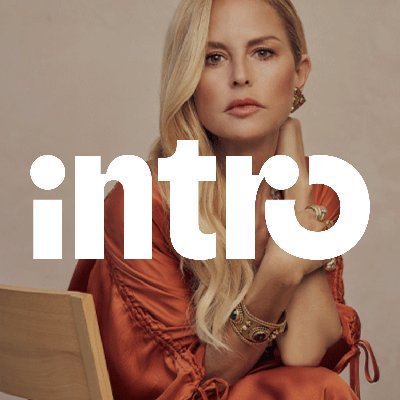
For all the noise about growth hacks and ad spend, one truth still holds: the fastest-growing tech companies let their product do the selling.
Product-led growth (PLG) isn’t just a strategy. It’s a philosophy, designing the product itself as the engine of distribution, so every new customer naturally brings in the next one. Done right, PLG grows faster than any paid acquisition channel.
In 2025, three companies stand out as models of PLG. Each has built growth loops directly into their product experience, turning usage into a form of marketing.
1. OpenAI: Viral Utility Meets Everyday Workflow
OpenAI’s rise isn’t just about being first with generative AI. It’s about building growth directly into the product interface.
The hook was ChatGPT. Free, accessible, and almost eerily useful, it became the fastest consumer app to hit 100M users. But the growth story didn’t stop there:
Frictionless onboarding: Sign in with Google or Microsoft, start chatting instantly. The time-to-value is measured in seconds.
Network-driven pull: Screenshots of funny or impressive outputs flooded Twitter and LinkedIn, turning users into inadvertent evangelists.
Product ladder: The free tier was sticky enough to spread virally, while GPT-4 Turbo and enterprise plans gave companies reasons to upgrade.
Embedded adoption: APIs (ChatGPT, DALL·E, Whisper) enabled developers to embed OpenAI into countless apps, rapidly expanding distribution.
The result? OpenAI went from a research lab to one of the most widely used software platforms in history, largely by making the product itself irresistible to try and impossible to ignore.
2. Figma: Collaboration as the Growth Engine
When Figma launched, the design software market was dominated by Adobe. Figma’s breakout came from a deceptively simple idea: make design multiplayer.
Instant collaboration: Designers, engineers, and PMs could all work in the same file at once, no downloads required.
The invite loop: Every time a user wanted feedback, they sent someone a Figma link. Each invite was a viral growth event.
Free-to-start: Individuals and small teams could design for free, lowering the barrier to adoption. Enterprises eventually paid for advanced permissions and admin controls.
Community templates: Figma turned user-generated templates into another growth lever, ensuring that the best practices in design spread through Figma, not around it.
The brilliance of Figma’s PLG is that growth happens naturally as soon as you use the product. To collaborate, you must invite others, transforming collaboration from a feature into a distribution engine.
3. Notion: Templates, Community, and SEO
Notion’s growth looks obvious in hindsight, but in reality it was a masterclass in turning user creativity into distribution.
Templates as acquisition: Need a budget tracker? A roadmap? A content calendar? The solution is a Notion template. Every Google search for these use cases becomes a front door into the product.
Ambassador network: Notion empowered early adopters to host meetups, create YouTube tutorials, and spread best practices. Instead of a sales team, Notion had global champions.
Freemium to enterprise: Individuals could get hooked for free, while team plans scaled into six- and seven-figure enterprise deals.
Community virality: Screenshots of aesthetic Notion workspaces went viral on TikTok and Reddit, fueling aspirational adoption.
Notion’s genius is that it went far beyond building just a tool. It built an ecosystem. The product seeded the community, and the community turned into a top-of-funnel engine.
Wrapping Up
What unites OpenAI, Figma, and Notion is the deliberate design of growth loops baked into the product itself:
OpenAI spread through utility and shareability.
Figma spread through collaboration and invites.
Notion spread through templates and community.
For founders, the takeaway is simple: ask yourself, does using my product naturally create more users? If the answer is no, you’re leaving the most scalable form of growth on the table.
Because in 2025, the best marketing strategy isn’t an ad campaign. It’s a product people can’t help but share.



